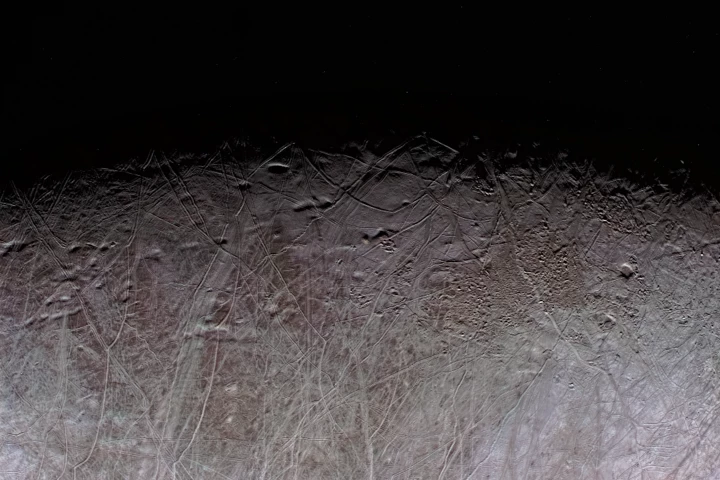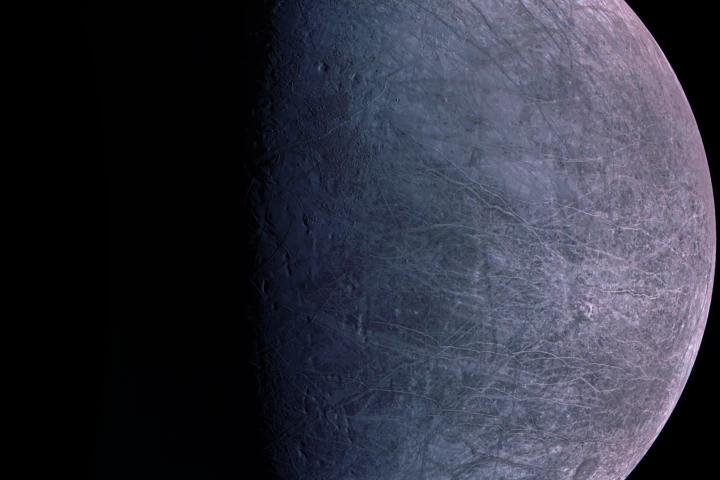Europa
-
We might find alien life as soon as 2030, suggests a new study. A lab experiment has shown instruments on a spacecraft headed to one of the most promising worlds to find life are sensitive enough to detect a single living cell in a single ice grain.
-
Data from NASA's Juno Jupiter orbiter suggests that the Jovian moon Europa produces about 26 lb/s (12 kg/s) of oxygen or almost 100 times less than previously estimated. This changes the probability of life being found in the moon's subterranean ocean.
-
The best places to search for life beyond Earth aren’t planets like Mars – they’re icy moons like Europa. The case for life on this watery world just got stronger, as the James Webb Space Telescope has detected a fresh carbon source there.
-
Although Saturn's moon Enceladus and Jupiter's moon Europa both have ice-covered surfaces, oceans may exist beneath that ice. The TRIPLE-nanoAUV 2 project is aimed at getting an uncrewed submersible into those oceans, to search for life.
-
Ice and water aren't very exciting to most of us, but they’re super strange from a scientific standpoint. Researchers have now discovered a brand new type of ice that’s described as being a true “snapshot” of water, and may be found on alien worlds.
-
In late September, NASA’s Juno probe swept by the Jovian moon Europa in the closest flyby for decades. A new image has now landed from this encounter that presents its fractured, icy crust in ultra-high resolution.
-
While NASA’s Juno spacecraft has captured some stunning imagery and compelling data on Jupiter since entering orbit around the gas giant in 2016, it’s not the only celestial body in the probe’s sights, now revealing more about its moon, Europa.
-
James Webb Space Telescope's historic first images showed a galaxy cluster billions of light-years away, but now it’s turned its sights on something much closer to home. NASA has released infrared images of Jupiter used to test Webb's instruments.
-
Subsurface oceans on moons are some of the most promising places to look for life beyond Earth. NASA is now funding a project to develop a swarm of small swimming robots that would explore these alien oceans for signs of extraterrestrial life.
-
Jupiter’s Icy moon Europa – which is considered one of the most promising places to find life beyond Earth – may have enough internal heat to trigger volcanic activity on the seafloor of its global ocean, according to the results of a new study.
-
Jupiter’s moon Europa is a fascinating world, with a global subsurface ocean encased in an icy shell and plumes of water that vent into space. A new study has simulated how these plumes might originate, revealing a surprisingly dynamic ice ball.
-
Giving a new meaning to the word "moonshine," NASA scientists at the Jet Propulsion Laboratory (JPL) in Pasadena, California, have concluded that Jupiter's moon Europa glows in the dark due to being constantly bombarded with high-energy radiation.
Load More











